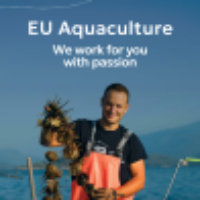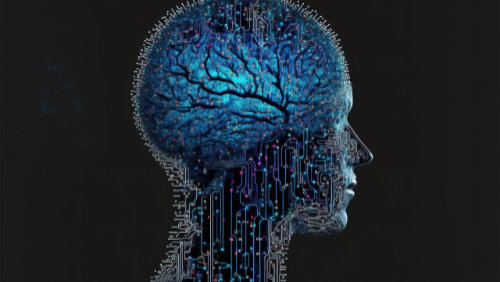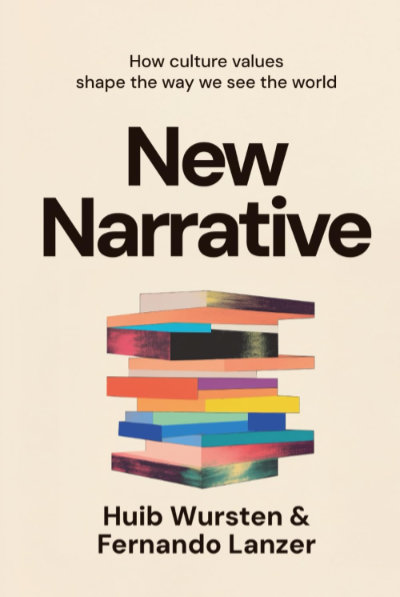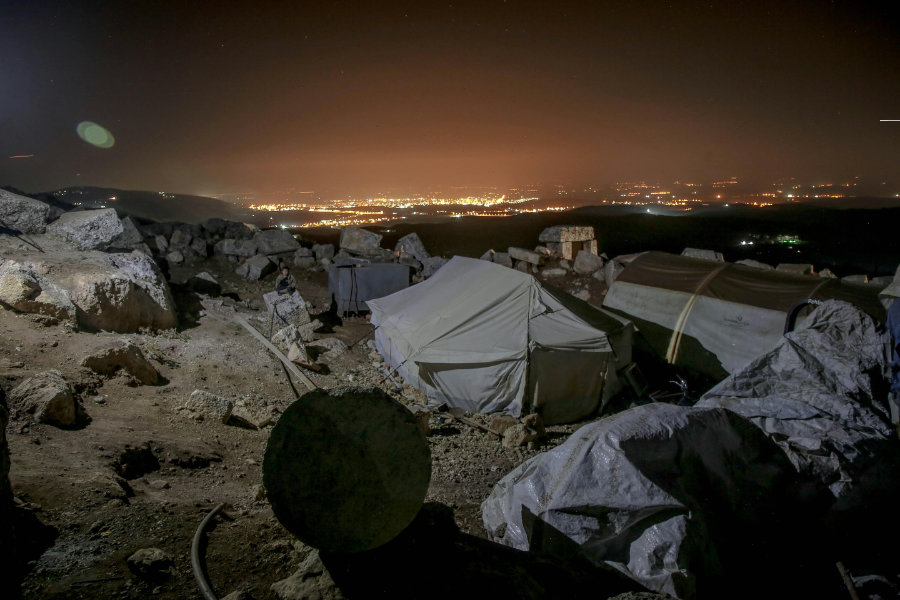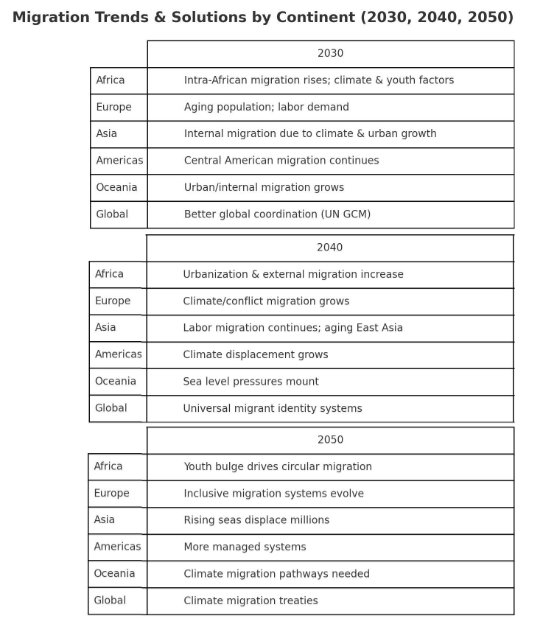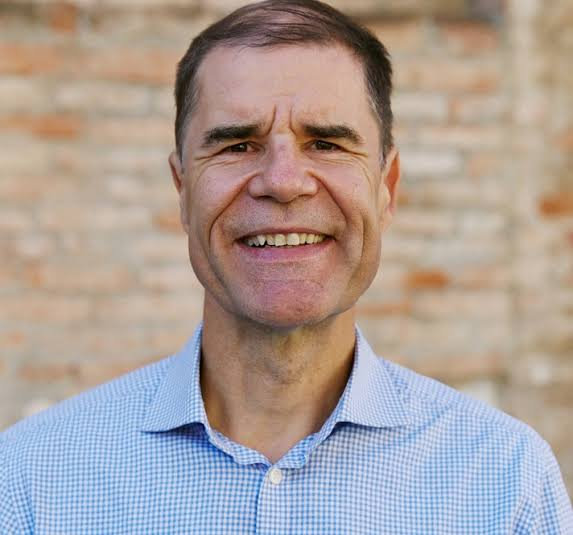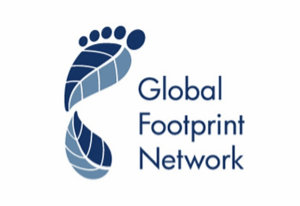Definitions
Artificial Intelligence
As of 2025, the term “Artificial
Intelligence” needs to be used or introduced into any conversation
with caution, because in the common consciousness, its interpretation
or impression is limited to just one type of it, which is “Generative
AI”. It is necessary to clarify as of 2025 because starting any
conversation about or around “Artificial Intelligence”,
that “Generative AI” is not all of “Artificial Intelligence”,
it is not representative of “Artificial Intelligence” as
a whole or in general, and that “Generative AI” is only
one small component product of the vast capabilities of “Artificial
Intelligence.” The hype over the preceding two years to this
article around Generative AI has been because it is a type of Artificial
Intelligence that most human beings aware of technology are most easily
able to infer, perceive and comprehend. Generative AI represents only
a very small, limited, and superficial capability of Artificial Intelligence
in general as a whole. The comparison is that of a pond to an ocean.
This article, is about the ocean of Artificial Intelligence, in convergence
with the emerging technological capability of Brain Computer Interface,
and not at all about the limited little pond of Generative AI.
Products
Back to the basics. A product is anything that is sold, whether a physical good, or a service. It can be a non-physical virtual item. It can be a service in physical world reality or in virtual or cyber space. A product, can phygital. A product can be something that transcends the divide between virtual and actual. In summary, the definition of “product” herein is really anything that anyone can go into the business of selling. As remedial of marketing class at university as it gets.
A product is not necessarily just the
object or service you precisely pay for, but the experience of how
it is delivered to you, and the overall experience in general of your
purchase of that product, including its delivery and your access to
it. This is key to understanding why the future of all products is
about the convergence of Brain Computer Interface and Artificial Intelligence,
not just objects you can insert chargeable batteries into.
Brain Computer Interface
Brain Computer Interface is the technology where technological artefacts or systems read your thoughts, allowing you to directly input instructions via thought, untyped, unwritten, unspoken. For mass consumer use application, this will necessarily be non-intravenous and remote.
We are not going to implant engineered
hardware or chips into our biological bodies, just to nip the bizarre
in the bud. We are not going to all become cyborgs, nor well over
99% of our descendants. Brain Computer Interface was never a concept
that started out to be this bizarre science fiction come to life intravenous
insanity in nature for eventual common usage, but the narrative has
largely been hijacked at its embryonic stage by weirdos who have achieved
great success in rendering it a frightening prospect for most common
folks who would hear about it for the first time.
The Future
Food & Beverage
You are hungry, and craving for pizza, and you have a particular vendor preference. You are travelling on a public train. Upon arrival at the exit of the train station of your destination, a drone delivers into your hand that pizza. The payment has been automatically deducted from your bank account. The point is, you got the pizza you wanted, as you wanted, from where you wanted, when you wanted, and the business that offers it made its buck from you. You thought of it, and you got it. What facilitated the process between desire and acquisition was a combination of Brain Computer Interface and Artificial Intelligence, intertwined, and in fact, fused together. That, is the future. Not just of pizza delivery, but of every product you can think of today, in one way or another, be it in delivery and acquisition, or otherwise.
When you dine in at a restaurant, the
food served to you, and every other patron, is custom-tailored to
your taste. There are somethings difficult to communicate in spoken
or written language, and your particular taste preference is one of
them. In commercial robot kitchens operated by AI, your thoughts transferred
directly as instructions would result in preparation of mass customization
of dishes for all patrons. Oh, that would work for catering, takeaway
and delivery too.
Gaming
Skill with keys, peripherals of technology, various types of input hardware, determine one’s ability to perform in electronic games or eSport. Therefore, physical articles or artefacts are barriers. Transit to Brain Computer Interface, and your only bar, is your imagination, your thought, your strategy. Purely game-related skill, not hardware. With AI support for facilitating accuracy of translation of thought to action, your game action is precisely what you want it to be without disruption or distraction.
AI driven game responses also mean no
limits, no repetition in game responses to you, so the game world
and possibilities keep expanding without limits in tandem with your
thoughts. Beyond recreation, games move towards enhancement thus of
human thought, for learning abilities, educational potential with
enhanced thought train, and general personal development with skills
transferrable to occupations.
Fashion & Apparel
Whatever you wear physically, visually you are seen wearing whatever you want to be seen to be wearing to anyone around you. You can be seen wearing casual wear and office wear, to two separate persons, simultaneously. For 100 persons looking at you, you can appear to be wearing 100 different outfits at the same time. That is the future of clothing tech, where you get real value for money.
The design, the look, the color, the appear, none of it is in the dye or print. And it isn’t just flat. The future of what you wear is multidimensional, with the use of holographics and outward multidimensional projections.
Whatever I describe herein, will be an
interplay between articles of technology interwoven into the fabric
that will not be damaged or will not short-circuit when washed in
the washing machine (waterproof technology), functions of smartglasses
or smartlenses, holographic technology and cross-reality simulation.
What will direct that interplay is a combination of brain computer
interface
drawing instruction or direction from your thoughts, and Artificial
Intelligence that autonomously coordinate in real-time various convergent
technologies,
to make the visual and projection experience that is intended by the
end user a reality.
Technological Hardware
The first thing that emerged alongside Generative AI was Prompt Engineering, a skill, to help direct and utilize Generative AI to achieve desired outcomes. Now, I know I am talking about the program, the software aspect of technology, not the physical hardware aspect. However, since the inception of digital technology and computing, the end user’s ability to derive outcomes from it has always been contingent upon and limited by the ability to toggle with the functional tools to use the software, via physical input means, be they the mouse, the keyboard, keypad, touchpad, touchscreen, or a joystick if anyone remembers what that is anymore.
Now imagine, whatever any technology, whether software, hardware, or the combination of both in any type of configuration, is built or designed to do, the end user is able to always derive optimal desired outcomes from it, without the need for skill in usage. Whatever the end user’s intention or intended outcome, it is directly communicating via sheer thought, through Brain Computer Interface, and Artificial Intelligence directly and instantly translates that intention as necessary, to the precise instruction as necessary, to deliver with precision the output that the end user wants, with no effort beyond thought or imagination. Just like in the gaming example presented herein previously, but going well beyond. Imagine, absolute precision on operability of all hardware, just by mental transfer of intention. This also overcomes all barriers of language, and language to command translation, that come with voice input.
Off course, this a frightening disruptive
prospect to anyone in the business
of producing input devices or input elements such as touchscreens
and keyboards. It is going to be the most positive evolutionary disruption
for all mankind yet on the whole.
Furniture
Whether it is a table, a chair, a sofa, a bed, or a drawer, imagine, a massive expansion of functions all across.
Any furniture meant for sitting or sleeping or resting on automatically becomes a source of therapy for the body, as the end user desires, precisely targeting, comforting, and treating the areas of the person’s body as desired by the end user. Massage chairs will definitely go out of business.
A table moves around cups, plates, bowls or whatever else is on it, the way the user intends it to be, responsively to the user’s thought. Now most people seeing this possibility written in a sentence will dismiss it as frivolous or excessive. Consider the functional benefits to persons with disabilities, old age, health issues. Imagine a person deciding that the meal is done, and the table clears itself in “cooperation” with a robot home butler and cleans itself. On the other hand, consider a large shared table in a office or workshop used by people needing to collaborate in real time, where physical objects are manipulated using magnetic effects, by the table, for prototyping and design purposes, where virtual holographic simulations may not suffice.
Imagine a drawer drawing and handing
to you a piece of stationery or item stored in it, without you having
to look for it. Imagine never misplacing or losing anything again.
No Product Type A Bar
I can keep listing how every product type imaginable will ultimately be affected, and enhanced, by the convergence of Brain Computer Interface and Artificial Intelligence, beyond the examples of product types I have listed above. Even products that you can never put a battery or a wire into. I have stated here the example of Food & Beverage. Remember my definition at the start, where it isn’t necessary about the product that the end user consumes, but how the end user experiences its benefits. This includes how the product is sold, distributed, and delivered. This also includes the after sales follow-up. From homecare, personal care to hospitality, products across every industry type, will be reshaped. And this is not limited to consumer products.
Herein, I have identified 5 product type
examples. I have not yet tapped herein the more complex products,
especially the non-physical, such as insurance, banking, hospitality,
etc.
The Future Is Never as Far as It Appears
One of my favourite case studies, from real life experience that is my own, to demonstrate how close the future always is, is of a Keynote at a major hotel conference I myself delivered in 2015, where a roomful of over a 100 top hoteliers (owners, Managing Directors, CEOs, etc) laughed when I talked about things like robots running up and down hotel corridors as a solution to manpower crunch in the industry, to deliver optimal and efficient services. In 2016, the same hoteliers who were laughing at the 2015 conference where I delivered that keynote, wanted me to be talking to their technologists, because indeed, someone of them had surprised themselves, in embracing robotics to run their linen and laundry operations, apart from delivering beverages and fries for room service. Off course, in 2015 and 2016, when talking about technology for hotels, I was talking about much more that has long since been embraced by the hotel industry worldwide.
My point is, that too often, when a Futurist likes me speaks of an impending future, the initial reaction is, is that it is stuff concept or imagination or hypothesis that is decades away. Most often, it turns out to be less than 5 years away, or, less than a year even. This has been a constant for me as a practicing Commercial Futurologist since I went full-time with it in 2013.
Though off course, I acknowledge herein,
mass usage and deployment of Brain
Computer Interface will not be seen for at least another
decade, for I have an in-depth timeline for its developmental course.
That does not mean however, that whatever I am pointing to herein,
established global corporations, emergent tech companies, solopreneurs,
startups, and independent innovators are not already reverse engineering
upon. And so, there are adverse bottom-line ramifications to dismiss
and disregard.
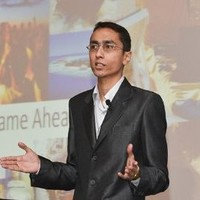
About Harish Shah
Harish Shah is Singapore's first local born Professional Futurist and a Management Strategy Consultant. Endearingly known as "The Singapore Futurist", he runs Stratserv Consultancy. His areas of consulting and Keynote Topics include EmTech, Industry 5.0, HR, Digital Transformation, Product Development, X Reality, Marketing, Strategic Foresight, Systems Thinking and Organisational Future Proofing. In an Open Letter in 2019, Harish has called on his fellow Futurists around the world to raise the emphasis upon the need for Environmental Salvation, in the course of their work.
In 2022, Harish released his first
Futurist eBook titled: Life
in Techtopia (available for free reading, download
or request in PDF format).



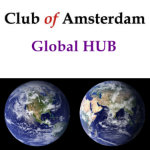

 Anna Halafof
Anna Halafof Rosie Clare Shorter
Rosie Clare Shorter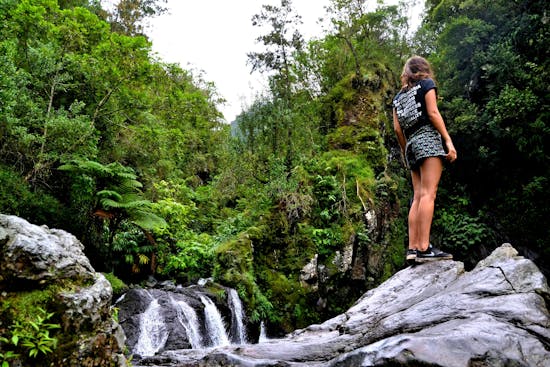



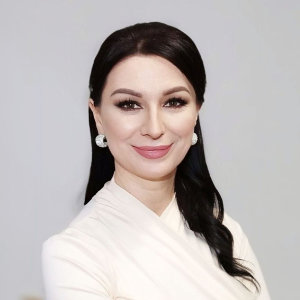
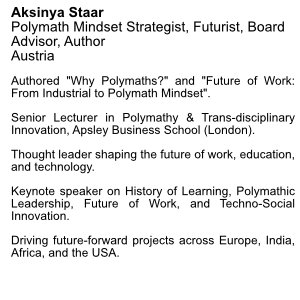
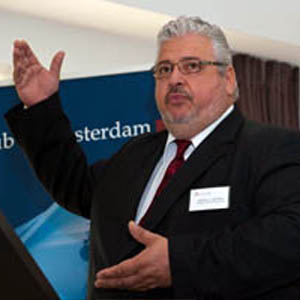
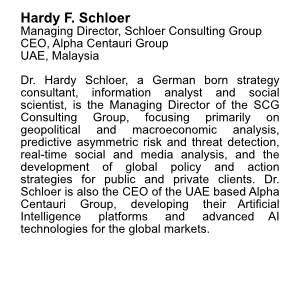
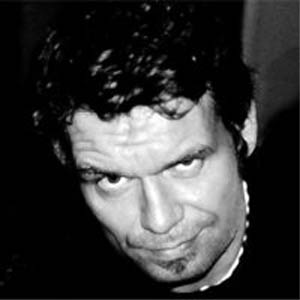
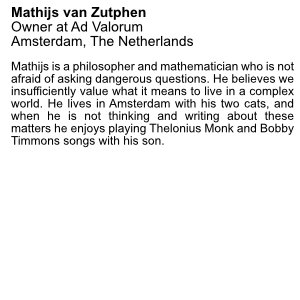


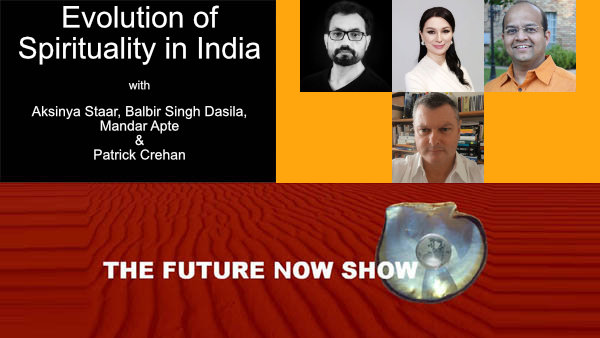
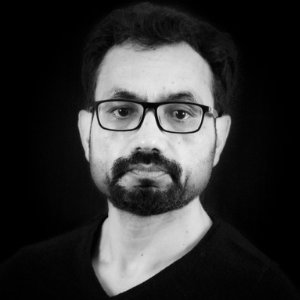
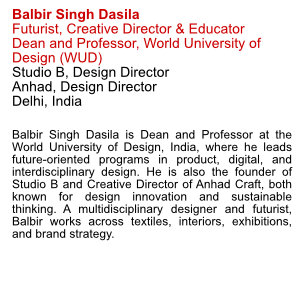

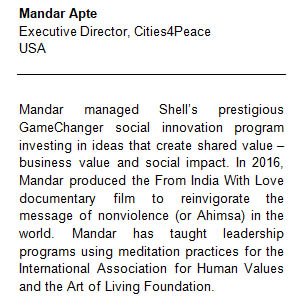
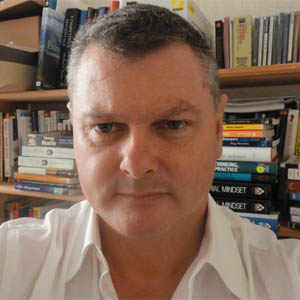
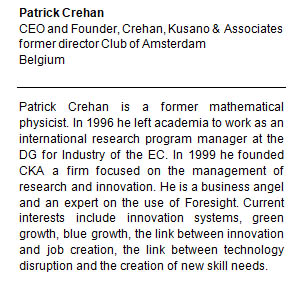
 Peter van Gorsel
Peter van Gorsel

